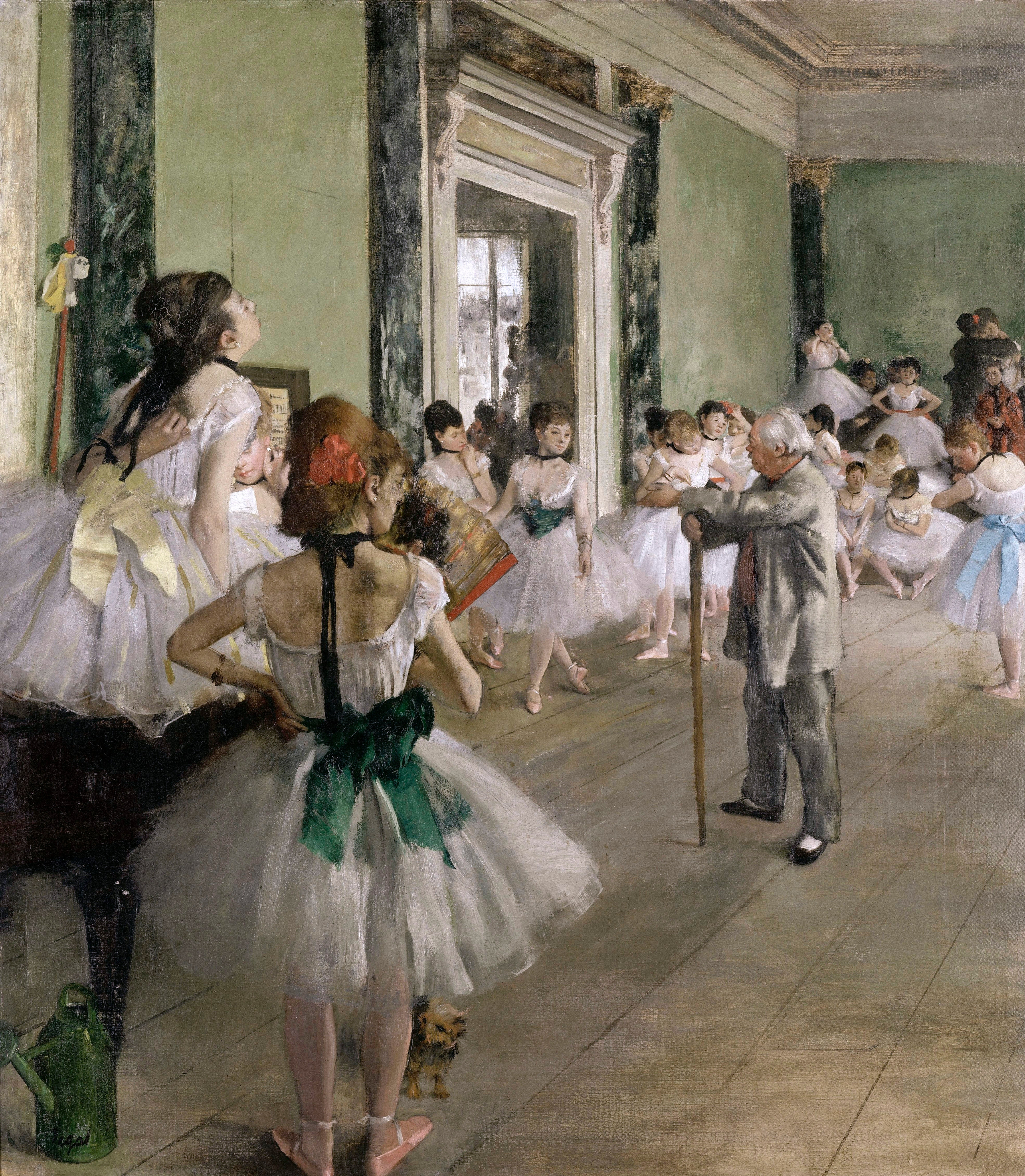|
You're My Pet
is a Japanese manga series written and illustrated by . It is about Sumire, a young professional woman who takes in a younger man as a pet, and her attempts to keep her coworkers and conventionally perfect boyfriend from finding out about her pet. It also deals with the romantic attraction between Sumire and her pet. It was serialized by Kodansha and was released in 14 volumes between 2000 and 2005, with an additional side-story volume being released in 2002. The volumes, barring the side-story volume, were published in English and German by Tokyopop, in French by Kurokawa and in Italian by Star Comics. The manga was adapted to a TV drama series that aired in Japan on TBS in 2003, and a South Korean film in 2011. The manga is adapted to a second, reboot, TV drama series aired on Fuji TV in 2017 with a new cast. Plot , a journalist at a major newspaper, is a career woman in a society that does not handle successful women well. Sumire suffers from depression and anxiety. ... [...More Info...] [...Related Items...] OR: [Wikipedia] [Google] [Baidu] |
Tankōbon
A is a standard publishing format for books in Japan, alongside other formats such as ''shinsho'' (17x11 cm paperback books) and ''bunkobon''. Used as a loanword in English, the term specifically refers to a printed collection of a manga that was previously published in a serialized format. Manga typically contain a handful of chapters, and may collect multiple volumes as a series continues publication. Major publishing Imprint (trade name), imprints for of manga include Jump Comics (for serials in Shueisha's ''Weekly Shōnen Jump'' and other Jump (magazine line), ''Jump'' magazines), Kodansha's Weekly Shōnen Magazine, Shōnen Magazine Comics, Shogakukan's Shōnen Sunday Comics, and Akita Shoten’s Weekly Shōnen Champion, Shōnen Champion Comics. Manga Increasingly after 1959, manga came to be published in thick, phone book, phone-book-sized weekly or monthly anthology list of manga magazines, manga magazines (such as ''Weekly Shōnen Magazine'' or ''Weekly Shōnen Jump ... [...More Info...] [...Related Items...] OR: [Wikipedia] [Google] [Baidu] |
Mistress (lover)
A mistress or kept woman is a woman who is in a relatively long-term sexual and romantic relationship with someone who is married to a different person. Description A mistress is usually in a long-term good relationship with a person who is married to someone else and is often referred to as "the other woman". Generally, the relationship is stable and at least semi-permanent, but the couple do not live together openly. The relationship is often, but not always, secret. There is often also the implication that the mistress is sometimes "kept"i.e., her lover is paying all or some of her living expenses. Historically the term "mistress" denoted a "kept woman", who was maintained in a comfortable, or even lavish, lifestyle by a wealthy man so that she would be available for his sexual pleasure. Such a woman could move between the roles of a mistress and a courtesan depending on her situation and environment. Whereas the word "lover" was used when the illicit female partner was ma ... [...More Info...] [...Related Items...] OR: [Wikipedia] [Google] [Baidu] |
Star Comics (Italy)
Star Comics is an Italian comic book publisher founded in December 1987 that publishes Italian editions of manga and Italian comics in Italy. Until the establishment of Marvel Italia (now an imprint of Panini Comics) in 1994, it also published Italian editions of many Marvel Comics Marvel Comics is a New York City–based comic book publishing, publisher, a property of the Walt Disney Company since December 31, 2009, and a subsidiary of Disney Publishing Worldwide since March 2023. Marvel was founded in 1939 by Martin G ...'s comic books. Star Comics has twenty-eight publishing branches and as of 2007 has published a total of 316 manga series in Italy. Publishing branches # Action # Amici # Anime comics # Dragon # Dragon Quest # Express # Fan # Ghost # Greatest # Gundam universe # Hot # Kappa extra # Kappa magazine # Kappa magazine speciale # KM Presenta # Must # Mitico # Neverland # Point break # Shot # Starlight # Storie di kappa # Techno # Turn over # Up # Up Speciale ... [...More Info...] [...Related Items...] OR: [Wikipedia] [Google] [Baidu] |
Kurokawa (publisher)
Kurokawa may refer to: Places * Kurokawa, Niigata * Kurokawa District, Miyagi * Kurokawa Domain Other uses * Kurokawa (surname) * , a manga publisher in France * Siege of Kurokawa * Kurokawa Station (other) * 10365 Kurokawa * Kurokawa Dam The is a large pumped-storage hydroelectric power station in Asago, in the Hyōgo Prefecture of Japan. With a total installed capacity of , it is one of the largest pumped-storage power stations in the world, and the largest in Japan. The facil ... * Ogisai Kurokawa Noh {{disambiguation, geo ... [...More Info...] [...Related Items...] OR: [Wikipedia] [Google] [Baidu] |
Tokyopop Germany
Tokyopop (styled TOKYOPOP; formerly known as Mixx Entertainment) is an American distributor, licensor and publisher of anime, manga, manhwa and Western manga-style works. The German publishing division produces German translations of licensed Japanese properties and original English-language manga, as well as original German-language manga. Tokyopop's US publishing division publishes works in English. Tokyopop has its US headquarters near Los Angeles International Airport in Los Angeles, California. It is owned by POP Media Holdings. Tokyopop's parent company's offices are in Tokyo, Japan and its sister company's office is in Hamburg, Germany. History Early history Tokyopop was founded in 1997 by Stuart J. Levy. In the late 1990s, the company's headquarters were in Los Angeles. Tokyopop published a manga magazine called MixxZine which serialized four classic manga including ''Sailor Moon'', ''Magic Knight Rayearth'', ''Parasyte'', and ''Ice Blade''. Eventually, MixxZine ... [...More Info...] [...Related Items...] OR: [Wikipedia] [Google] [Baidu] |
Out Of Print
An out-of-print (OOP) or out-of-commerce item or work is something that is no longer being published. The term applies to all types of printed matter, visual media, sound recordings, and video recordings. An out-of-print book is a book that is no longer being published. The term can apply to specific editions of more popular works, which may then go in and out of print repeatedly, or to the sole printed edition of a work, which is not picked up again by any future publishers for reprint. Description Most works that have ever been published are out of print at any given time, while certain highly popular books, such as the Bible, are always "in print". Less popular out-of-print books are often rare and may be difficult to acquire unless scanned or electronic copies of the books are available. With the advent of book scanning, and print-on-demand technology, fewer and fewer works are now considered truly out of print. Contracts A publisher creates a print run of a fix ... [...More Info...] [...Related Items...] OR: [Wikipedia] [Google] [Baidu] |
Omake
''Omake'' (, usually written ) means ''extra'' in Japanese. Its primary meaning is general and widespread. It is used as an anime and manga term to mean "extra or bonus". In the United States and United Kingdom, anime fans generally use the term in a narrow sense to describe special features on DVD releases: deleted scenes, interviews with the actors, "the making of" documentary clips, outtakes, amusing bloopers, and so forth. However, this use of the term predates the DVD medium by several years. For at least the past fifty years in Japan, ''omake'' of small character figurines and toys have been giveaways that come with soft drinks and candy, and sometimes, the ''omake'' is more desired than the product being sold. In English, the term is often used with this meaning, although it generally only applies to features included with anime, ''tokusatsu'', and occasionally manga. Therefore, it is generally limited to use among fans of Japanese pop culture (sometimes called ot ... [...More Info...] [...Related Items...] OR: [Wikipedia] [Google] [Baidu] |
Yayoi Ogawa
The Yayoi period (弥生時代, ''Yayoi jidai'') (c. 300 BC – 300 AD) is one of the major historical periods of the Japanese archipelago. It is generally defined as the era between the beginning of food production in Japan and the emergence of keyhole-shaped burial mounds (前方後円墳, ''zenpō-kōen-fun''). Chronologically, it spans from around the 10th century BCE or 9th–8th century BCE to the mid-3rd century CE. Following the Jōmon period, which was characterized by a hunter-gatherer economy, the Yayoi period marked the transition to a productive economy based on wet-rice agriculture. In the latter half of the late Yayoi period (around the 1st century CE), large regional powers emerged throughout western Japan, including the Tokai and Hokuriku regions. By the end of the 2nd century, the political entity known as Wa-koku (倭国) had formed. It is generally considered that the Yayoi period transitioned into the Kofun period around the mid-3rd century, although the pr ... [...More Info...] [...Related Items...] OR: [Wikipedia] [Google] [Baidu] |
Tokyo University
The University of Tokyo (, abbreviated as in Japanese and UTokyo in English) is a public research university in Bunkyō, Tokyo, Japan. Founded in 1877 as the nation's first modern university by the merger of several pre-westernisation era institutions, its direct precursors include the '' Tenmongata'', founded in 1684, and the Shōheizaka Institute. Although established under its current name, the university was renamed in 1886 and was further retitled to distinguish it from other Imperial Universities established later. It served under this name until the official dissolution of the Empire of Japan in 1947, when it reverted to its original name. Today, the university consists of 10 faculties, 15 graduate schools, and 11 affiliated research institutes. As of 2023, it has a total of 13,974 undergraduate students and 14,258 graduate students. The majority of the university's educational and research facilities are concentrated within its three main Tokyo campuses: Hongō, ... [...More Info...] [...Related Items...] OR: [Wikipedia] [Google] [Baidu] |
Modern Dance
Modern dance is a broad genre of western concert dance, concert or theatrical dance which includes dance styles such as ballet, folk, ethnic, religious, and social dancing; and primarily arose out of Europe and the United States in the late 19th and early 20th centuries. It was considered to have been developed as a rejection of, or rebellion against, classical ballet, and also a way to express social concerns like socioeconomic and cultural factors. In the late 19th century, modern dance artists such as Isadora Duncan, Maud Allan, and Loie Fuller were pioneering new forms and practices in what is now called improvisational or free dance. These dancers disregarded ballet's strict movement vocabulary (the particular, limited set of movements that were considered proper to ballet) and stopped wearing corsets and pointe shoes in the search for greater freedom of movement. Throughout the 20th century, sociopolitical concerns, major historical events, and the development of other art ... [...More Info...] [...Related Items...] OR: [Wikipedia] [Google] [Baidu] |
Ballet
Ballet () is a type of performance dance that originated during the Italian Renaissance in the fifteenth century and later developed into a concert dance form in France and Russia. It has since become a widespread and highly technical form of dance with Glossary of ballet, its own vocabulary. Ballet has been influential globally and has defined the foundational ballet technique, techniques which are used in many other dance genres and cultures. Various schools around the world have incorporated their own cultures. As a result, ballet has evolved in distinct ways. A ''ballet'' as a unified work of art, work comprises the choreography (dance), choreography and music for a ballet production. Ballets are choreographed and performed by trained ballet dancers. Traditional classical ballets are usually performed with classical music accompaniment and use elaborate costumes and staging, whereas modern ballets are often performed in simple costumes and without elaborate sets or scenery ... [...More Info...] [...Related Items...] OR: [Wikipedia] [Google] [Baidu] |







